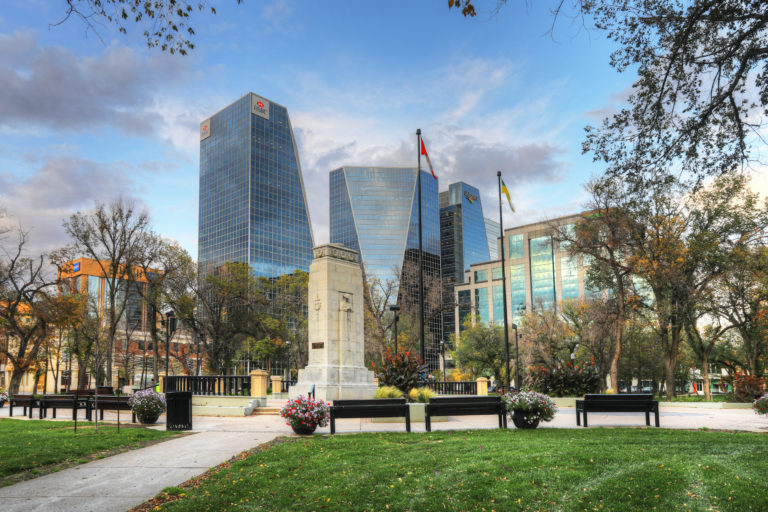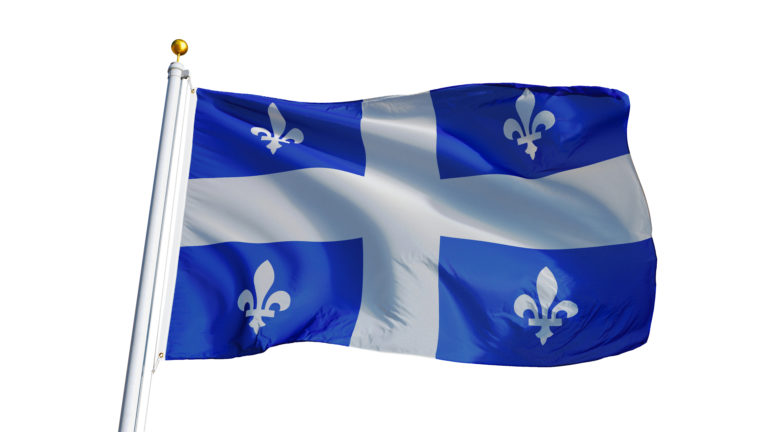Saskatchewan immigration has issued 13 invitations in a new Entrepreneur stream draw through the Saskatchewan Immigrant Nominee Program (SINP).
The January 11 draw required a minimum score of 120 and an average score of 135 points.
The province said all candidates with 125 points or higher were invited to apply. Candidates with 120 points and a Canadian Language Benchmark score of 6 or higher were invited to apply.
Saskatchewan Entrepreneur Stream 2024 Draws
| Date | Lowest score | Average score | Highest score | Number of invitations |
| January | 120 | 135 | 160 | 13 |
Saskatchewan prioritizes three selection factors to separate candidates with the same score on the Entrepreneur stream points grid.
The three factors, in order of priority, are:
- Official language ability.
- Those with businesses planned for a key economic sector.
- Completion of an exploratory visit.
Read More Canada Immigration News
International Students In Canada: Top 10 Most Important Source Countries
Report Says Two-Step Canada Immigrants Earn More Than One-Step Newcomers
IRCC Says Canada Has More Than One Million International Students
The Saskatchewan immigration Entrepreneur stream is a three-stage process:
- Expression of interest
- Invitation to submit application
- Nomination
The expression of interest must meet the following minimum entry requirements:
- Minimum net worth of $500,000 legally acquired.
- Minimum of three years of entrepreneurial or relevant management experience.
- Investment of at least $300,000 in Regina or Saskatoon, or $200,000 in any other Saskatchewan area.
Candidates enter a pool where they receive a score. The top scoring candidates are invited to submit an application.
Applications must include:
- Business Establishment Plan confirming figures in expression of interest, and including at least one third ownership of a company in Saskatchewan, unless investment is $1 million or higher.
- Commitment to be active in day-to-day management of business.
- Creation of two or more jobs for Canadian citizens or permanent residents if the business is located in Regina or Saskatoon.
Watch Video



